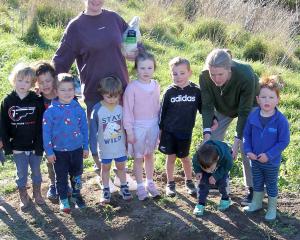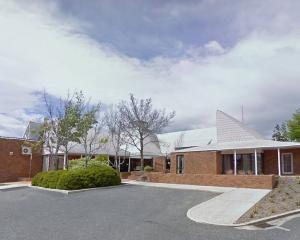Detective work is an intricate part of the painstaking groundwork needed to produce the accurate record.
The work is being undertaken as part of a round of commemorative events marking the 100th anniversary of World War 1.
The commemorations will mark major milestones in the conflict, from the assassination of Archduke Franz Ferdinand in June 1914 through to the Treaty of Versailles in June 1919.
The Gore RSA has formed a subcommittee to help promote and organise the events, which will take place over five years, and Mr Cavanagh is a member of it.
''All those who served in World War 1 will have an electronic file,'' Mr Cavanagh said.
The electronic file would include a list of next of kin, age, occupation, religion, date of birth and birth place.
Mr Cavanagh was not sure how long it would take to complete the task.
The names would come from as far away as Athol, Lumsden, West Otago and from across most of Southland.
Establishing the correct identity of all those listed was not an easy task as often initials were listed incorrectly or names spelled incorrectly.
A common mistake was with the name McDonald. Could it be MacDonald or McDonald? The same problem applied with the name McKay, he said.
''There's some difficulty in that.
''Others appear who have no connection with the district,'' Mr Cavanagh said.
One good source of information was the copies of The Ensign published at the time of the war.
The Ensign carried a list of the names of the first 65 volunteers from the district in the August 12, 1914, edition, he said.
At least two volunteers from the wider Gore district were among those who answered Britain's call to seize German Samoa.
Among district casualties were two chemists from Gore, Mr Cavanagh said.
Jack Gilchrist died at sea on October 25, 1914, and Blair Cullen died at Gallipoli on May 2, 1915, along with five other men from the first intake of volunteers.
The volunteers came from a wide range of occupations such as bank clerks, teachers, butchers, medical students, fishermen, ploughmen, ironmongers and cheesemakers.
Many soldiers died from disease, he said.
''Disease was rampant in the trenches.''











